A Call to Action: Saving Mothers in Rural Nepal
Kathmandu, January 7, 2025, Kohilai pet dukheJahaj, kohilaiGoreto”. This is a status that Mr. Sankalpa Shah put on Facebook on April 27, 2023, containing images of a woman giving birth while traveling to a health facility at Jajarkot.
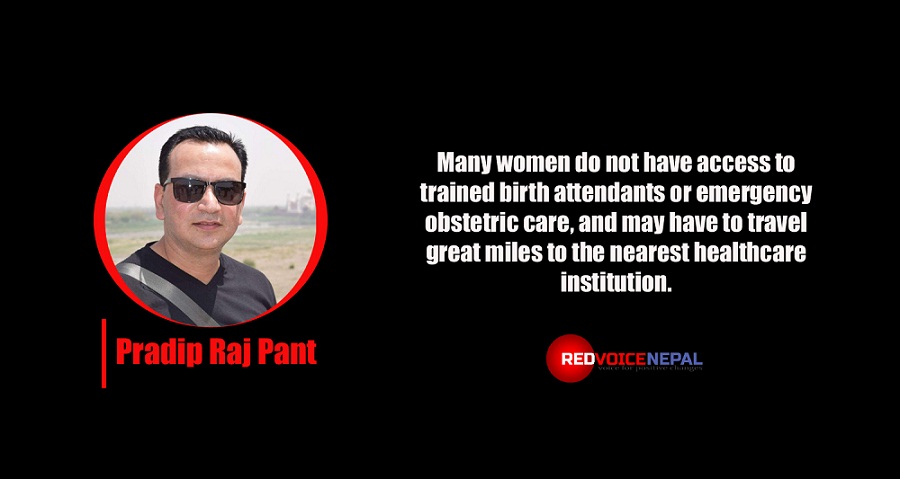
On October 20, 2019, the Himalayan Times published a news article titled “Bajura woman gives birth on her way to hospital for delivery,” stressing “Twenty-two-year-old Phul Maya Sunar gave birth to a baby on her way to a health facility in Badimalika Municipality, Bajura.”
Purnakala Nepali from Rahaf in Turmakhad Rural Municipality-1 died due to excessive bleeding while giving birth to her baby at a local health post, according to a news article published on October 9, 2021 in the Kathmandu Post under the headline “Pregnant women in rural Achham still dying for want of timely medical care.”
On January 7, 2025, Online Khabar published a news report titled “Woman and child died on the way to hospital in Bajhang”, referring to the death of 21-year-old Sabita Bohora of BajhangKedasyun Rural Municipality-1 while being taken to the hospital.
These are representative cases; in rural Nepal, hundreds of women are giving birth in unsafe conditions outside of health facilities, and many of them are primarily dying due to three delays: the first is a delay in making the decision to seek appropriate medical care, the second is a delay in reaching appropriate medical care, and the third is a delay in receiving adequate health care after reaching at the health facility. According to Nepal Maternal Mortality Study (NMMS) 2021, a delay in seeking care, which accounts for 57 percent of cases. Additionally, 33 percent are attributed to a delay in reaching the appropriate health facilities, while 40 percent of maternal deaths are caused by a delay in receiving adequate health services. These findings highlight the urgent need for improved access to healthcare services for expectant mothers. Seventeen percent of all maternal deaths are caused by the three factors mentioned above, while at least one of these factors contributes to 74 percent of maternal deaths.
One of the most pressing issues confronting Nepal is a lack of access to healthcare services in rural areas, where the bulk of the population resides. Many women in these communities do not have access to trained birth attendants or emergency obstetric care, and may have to travel great miles to the nearest healthcare institution. This can cause delays in receiving care and raise the risk of problems during childbirth. NMMS 2021 shows that a majority of maternal deaths (57 percent) had occurred in health facilities, followed by private residences (26 percent). Similarly, Around17 percent of women had died either while travelling from their residences to the health facilities or between the facilities. Also, the report indicates, the most common reasons for delays at health facilities were identifying risks for timely referral from referring facilities (24 percent), administrative delays in the referred facilities (17 percent), arranging transportation from the referring health facilities to reach the referred facilities (12 percent), and inadequate communication between health facilities (11 percent), delays in receiving treatment after admission (14 percent), a lack of vital equipment (11 percent), a deficit of skilled health personnel (9 percent), a delay in blood arrangement (9 percent), and a shortage of essentials drugs (7 percents).
Another issue is a lack of awareness and education among women about their reproductive health and the need of obtaining care during pregnancy and childbirth. Many Nepalese women still believe that childbirth is a natural process and that they do not need medical attention unless difficulties arise. This can cause delays in seeking care and raise the risk of maternal and newborn death. Delay in seeking care associated with maternal mortality that can be reduced by enhancing community-based interventions concentrating on birth preparedness.
Due to cultural and social barriers, a lack of awareness and knowledge about maternal health, and the cost of healthcare, women in rural Nepal may delay seeking care. There is a need for increased community outreach and education programs to raise awareness of the significance of maternal health and the availability of maternal health services. To raise awareness in the community, it is ideal to mobilize health mothers’ groups. However, I have observed that the majority of health mothers’ groups are underutilized and that many of them prioritize saving and credit-related work over sharing health information at their monthly meetings. The local government should take action to ensure that the health mothers’ group is fully functional.
As compared to past, Nepal has made significant progress in improving access to and utilization of maternal and child health care.However, disparities persist based on women’s socioeconomic status, level of education, and place of residence. NMMS 2021 shows that in every 100,000 live births, 151 women died from maternity-related complications out of them 33 percent of the total maternal deaths occurred during pregnancy, six percent died during childbirth and 61 percent during the postpartum stage. For years, excessive bleeding after childbirth, also known as postpartum haemorrhage, and pre-eclampsia (pregnancy-related high blood pressure disorders) have been identified as chief causes of maternal deaths in Nepal, according to experts.
Nepal is a signatory to the Sustainable Development Goal and has pledged to reduce the Maternal Mortality Ratio to less than 70 per 100,000 live births as one of the essential targets by 2030. To reach this ambitious goal, Nepal must reduce its MMR by at least 7.5% per year, addressing severe disparities in maternal health access, utilization, and quality. Therefore, additional efforts must be made to improve the quality of maternal health care in order to eliminate preventable maternal deaths.
(Pradip Raj Pant: A seasoned development professional with over a decade of experience working with various organizations in the development sector)



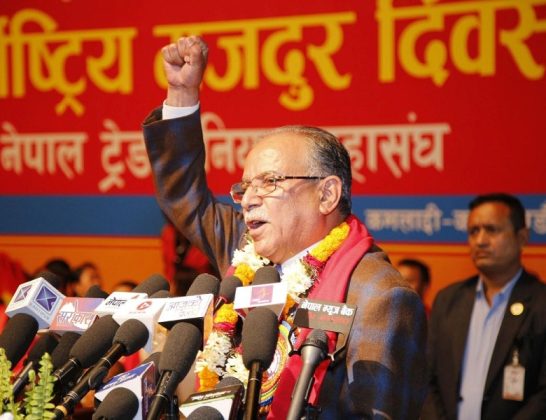
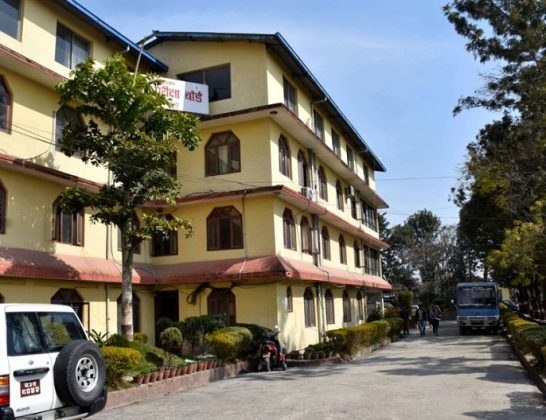
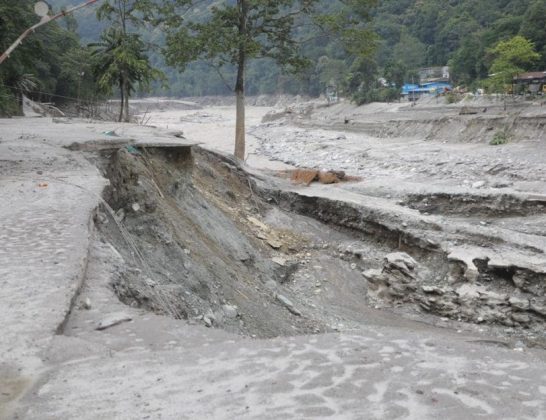
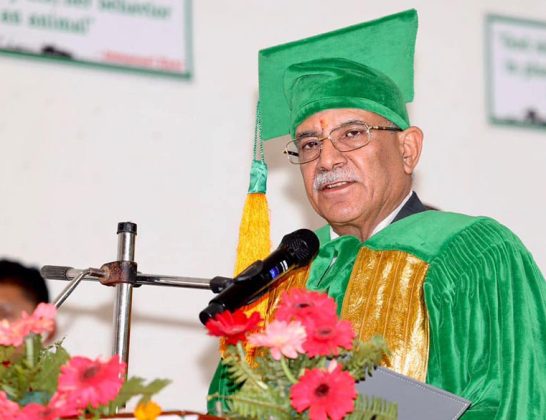


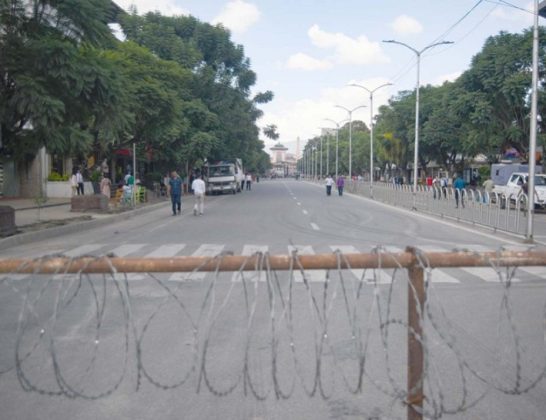

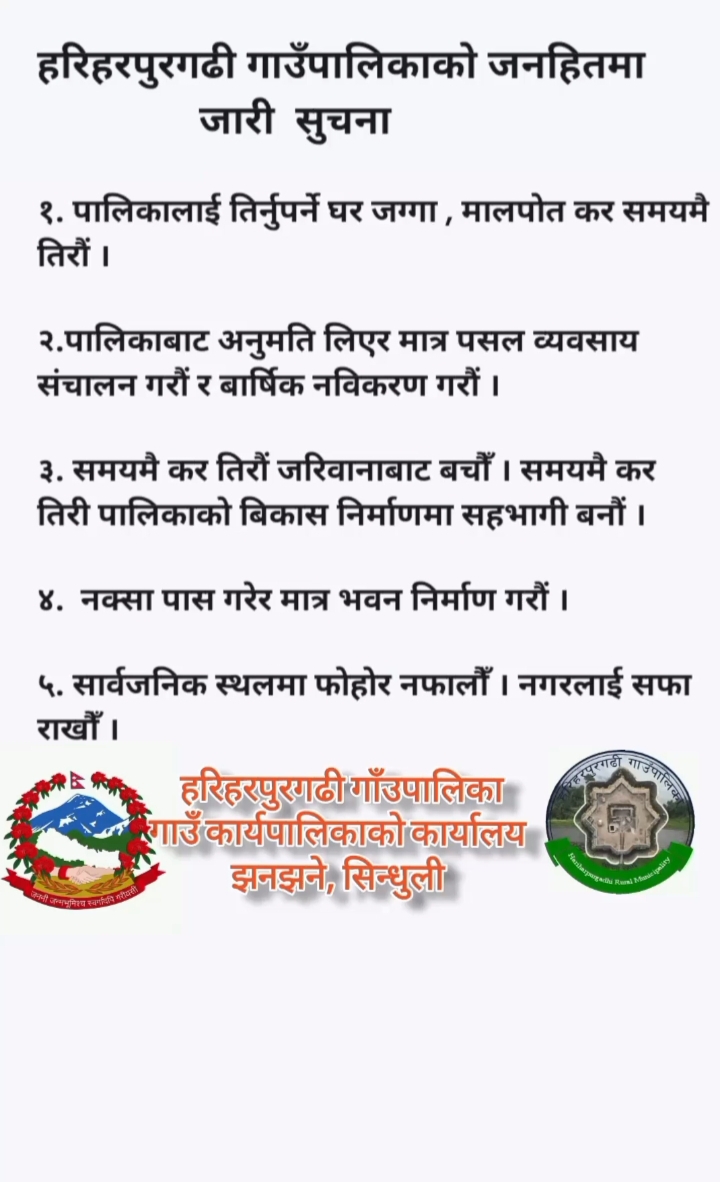
Comments